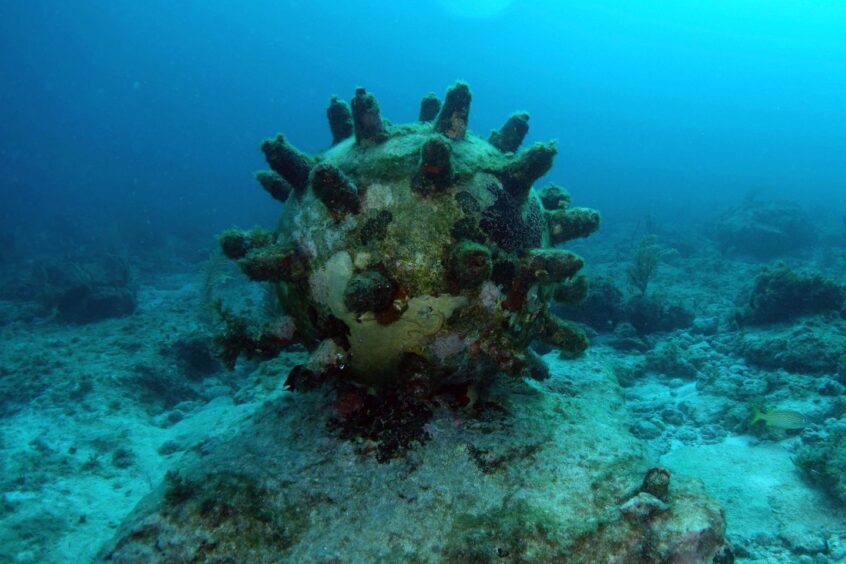
OEG Renewables business Hughes Subsea will undertake unexploded ordnance (UXO) identification and clearance for ScottishPower Renewables’ 1.4GW East Anglia Three offshore wind farm.
The offshore operations will involve the identification, investigation, and disposal of confirmed UXO targets across an area of around 305km2.
The campaign is expected to start in mid-March and last for six months, continuing until early October 2024.
In addition, Hughes Subsea, a subsidiary of OEG Energy Group, will use the Glomar Wave, a DP2 66.4m long vessel in the East Anglia Three UXO campaign, along with work class remotely operated vehicle (WROV) and specialist divers. It will also be supported by another OEGR business, GEOSIGHT, who will be providing surveying and calibration services.
Maritime archaeologists will also be enlisted to handle historic findings, and marine mammal observers will support the monitoring of local wildlife.
East Anglia Three, being developed in the Southern North Sea, will comprise an offshore substation, up to 100 wind turbine generators on monopile foundations, and 147km of array and export cabling.
Mike Bailey, Managing Director of Hughes Subsea, said: “We are very much looking forward to working with ScottishPower Renewables on the East Anglia Three wind farm development.
“OEGR and Hughes Subsea are leaders in this highly specialist field of surveying, identifying and responsibly clearing confirmed UXOs. With a steadfast commitment to safety and environmental stewardship, and to supporting the successful deployment of offshore renewables to meet the UK’s energy transition goals.”
Matt Wooltorton, ScottishPower Renewables Project Construction Manager for East Anglia Three, added: “East Anglia Three will produce enough green electricity to power more than one million homes and it’s great to be working with Hughes Subsea on these essential works, which will clear the way for the start of offshore construction later this year.
“Safety is our number one concern as a responsible developer, our priority is to minimise the potential impact of any unexploded ordnance on both the seabed and sealife around our windfarm while we deliver more clean energy to the grid.”
Recommended for you

 © Supplied by Hughes Subsea
© Supplied by Hughes Subsea